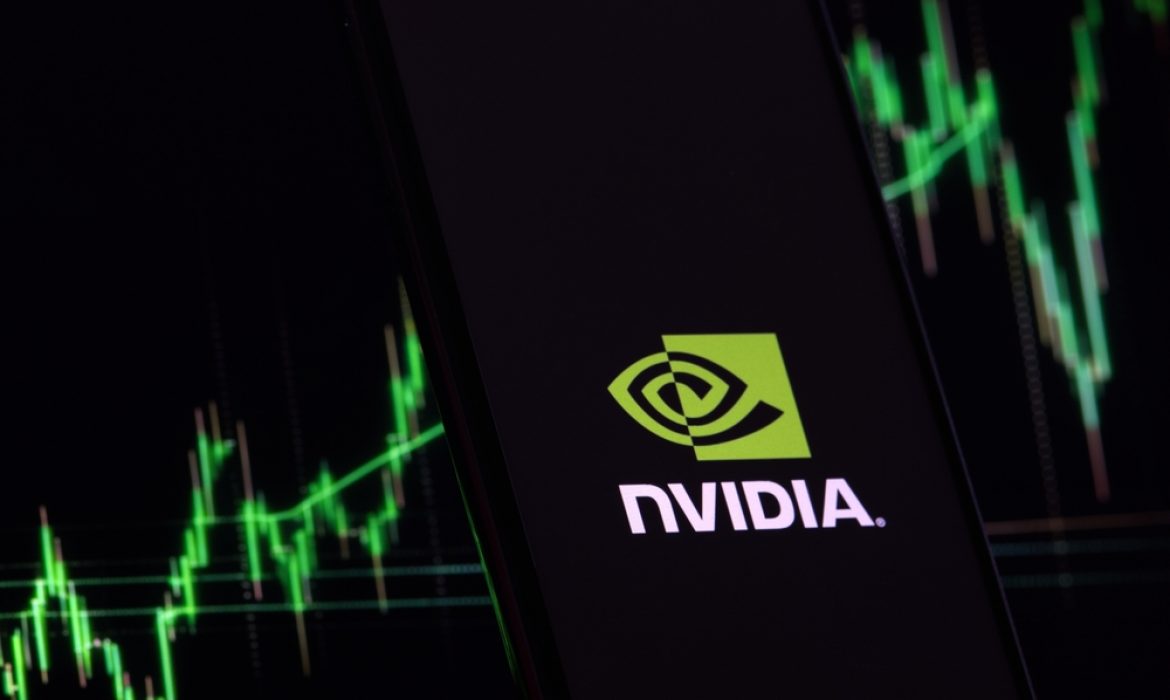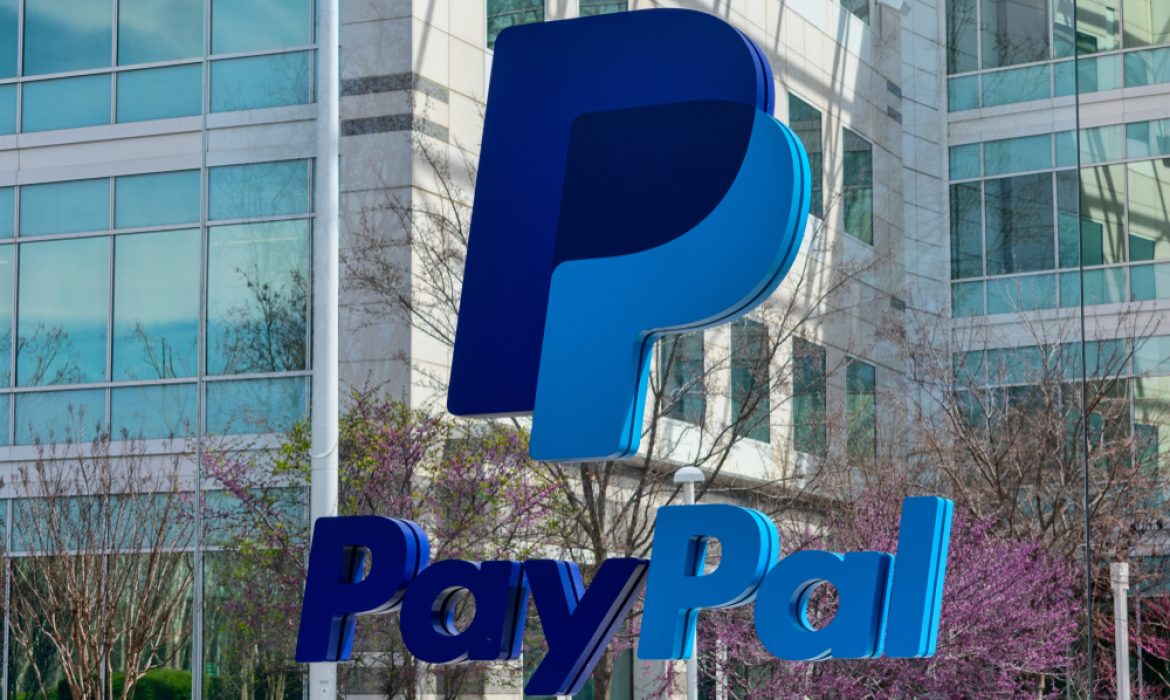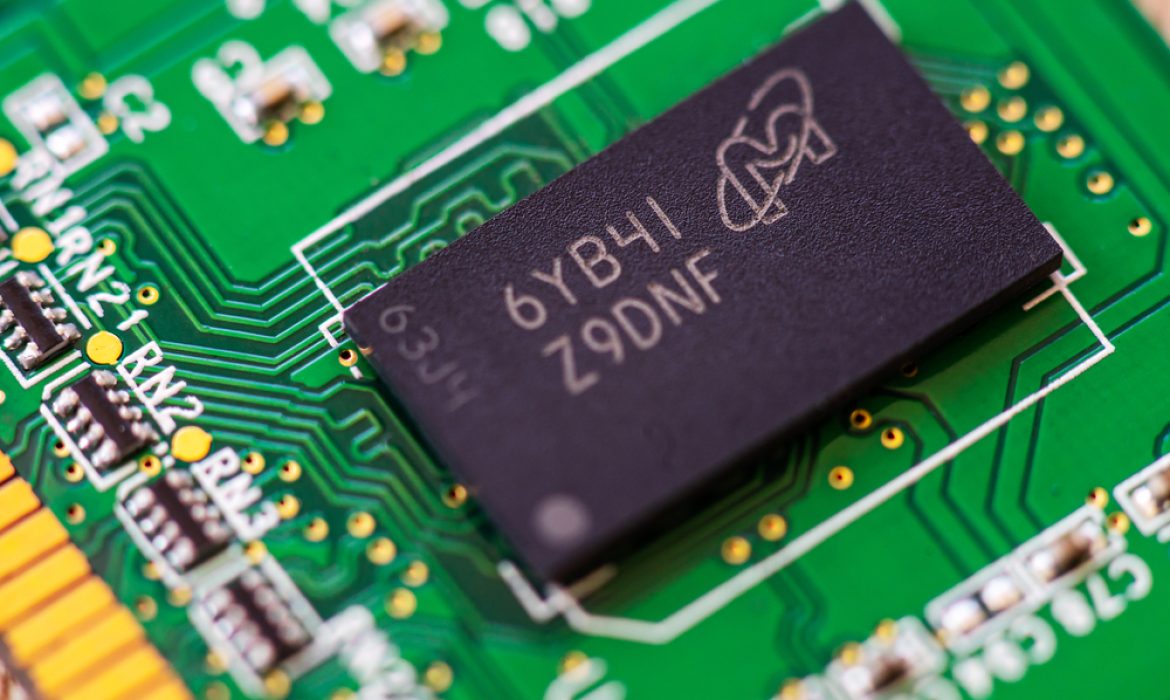California Takes Historic Stride in Banning Caste Discrimination: A Landmark Moment for Equality
In a significant leap towards upholding the principles of equality and justice, California is poised to become the first state in the United States to outlaw caste discrimination. This watershed moment comes as the state legislature voted to add caste as a protected category under “ancestry” in the California Civil Rights Act, education codes, and housing laws, ushering in a new era of social justice. All that remains is the signature of the state’s governor to cement this historic legislation into law.
For advocates and activists who have tirelessly fought against caste-based discrimination, the Assembly’s resounding vote is a cause for celebration. Tenmozhi Soundararajan, from Equality Labs, an organization dedicated to combating racial discrimination, exclaimed, “The Assembly vote is a victory for the ages!” This sentiment echoes the elation of many who have championed this long-overdue move towards social equity.
While this law carries profound implications for society at large, it holds particular significance for the tech industry, where a significant number of individuals of Indian and Southeast Asian descent are employed. Among these professionals are notable executives like Sundar Pichai of Google and Satya Nadella of Microsoft. However, it’s essential to recognize that these leaders belong to the highest Indian castes, such as the Brahmans and Kshatriyas, underscoring the need for this legislation to protect those who may be more vulnerable to caste discrimination.
The catalyst for the passage of this groundbreaking law was a scandal that shook the tech world earlier this year. At Cisco, two high-ranking executives, Sundar Iyer and Raman Kompell, were accused of discriminating against and harassing an employee based on their caste, specifically targeting an individual from the Dalit community, which occupies the lowest rungs of India’s caste system. It was this incident that galvanized California State Senator Aisha Wahab to champion the cause, ultimately leading to the bill’s passage.
However, it’s worth noting that the South Asian community remains divided on this issue. Advocacy groups like Hindus for Human Rights and Hindus for Caste Equity, supported by Equality Labs, argue that the law is essential to shield vulnerable members of the community from caste-based discrimination, particularly in education and the technology sector, where many hold influential positions. Human rights activists and other groups emphasize that caste discrimination extends to various South Asian communities and diasporas, often intersecting with religious factors.
On the other side of the spectrum, organizations like the Hindu American Foundation and the Coalition of Hindus of North America oppose the policy. They assert that it could disproportionately target Hindus and Indian-Americans, commonly associated with the caste system.
Their argument hinges on the contention that caste already falls under “national origin,” rendering a distinct protected category redundant.
In the midst of these differing perspectives, what remains undeniably clear is that California’s bold move to address caste discrimination is a historic step towards creating a society that values the principles of equality, justice, and respect for all its residents, regardless of their background or heritage.
Nvidia’s Record-Breaking Quarter: A Surge Driven by AI and Data Center Solutions
Nvidia, the tech titan renowned for its cutting-edge innovations, has once again soared to remarkable heights, marking the apex of its financial journey thus far. In an astonishing testament to its prowess, Nvidia reported a staggering revenue of $13.5 billion for the second quarter of fiscal 2024, etching this period in history as the company’s most lucrative quarter to date.
The narrative of this triumphant quarter is a tapestry woven with intricate threads of contrasting market dynamics. Despite a dip in sales of desktop and mobile GPUs propelled by a downturn in the PC market, Nvidia’s trajectory was illuminated by the resplendent demand for artificial intelligence (AI) chips. This luminous demand acted as a beacon of success, radiating in the form of a record-breaking $10.32 billion revenue from data center solutions, a staggering 171% surge from the corresponding quarter of the previous year. Notably, this single quarter witnessed a remarkable 141% upsurge in this sector’s revenue alone.
Even in the realm of gaming GPUs, the heart of Nvidia’s identity, a spirited revival is discernible. While gaming GPU revenue stood approximately $1 billion lower than its peak during the pandemic, it surged by an impressive 22% year over year, reaching an impressive $2.48 billion. This impressive ascent culminated in Nvidia’s overall revenue scaling an unprecedented zenith, skyrocketing to $6.188 billion – a breathtaking 843% surge compared to the same quarter last year.
Anticipating a promising horizon, Nvidia envisions a rekindled growth in the gaming division, underpinned by the fact that 20% of the installed base is now fortified with modern solutions such as RTX 3060 or better. Bolstered by this optimistic outlook, Nvidia foresees the upcoming quarter as a beacon of further triumph, forecasting a revenue of $16 billion. The fervent growth that has fueled this remarkable revenue surge can be attributed to the company’s unwavering confidence in the sustained robustness of data center solutions’ sales.
In the tapestry of Nvidia’s record-breaking quarter, there is a harmonious interplay between challenges and opportunities, ebbs and flows. The company’s success underscores its agility to navigate the intricate landscape of the tech world. As the curtain rises on the next act, Nvidia’s unrelenting pursuit of innovation and its strategic navigation of the market’s currents will undoubtedly continue to shape the narrative of technological advancement.
Indian Space Stocks Soar: A $2.5 Billion Prelude to Lunar Ambitions
In a high-stakes celestial symphony, India’s space stocks have orchestrated a resounding crescendo, adding a staggering $2.5 billion in value just ahead of a monumental moon landing. As the nation’s Chandrayaan-3 spacecraft readies itself for a daring lunar rendezvous, the markets have resoundingly echoed their confidence in the country’s burgeoning space program.
With 13 companies at the forefront of India’s space sector, their stocks surged, painting a canvas of progress and potential. From electronic components to the vital cogs and gears of rocket communications and navigation, these companies have surged forward, bolstered by a collective surge in market value.
The impending moon landing of Chandrayaan-3 has seemingly imbued these companies with newfound energy, sparking a rally that reverberates far beyond the trading floor. As the Indian Space Research Organization prepares for its audacious attempt to touch down near the moon’s enigmatic south pole, the nation stands poised on the precipice of history.
This audacious endeavor, a mission to conquer uncharted lunar territory, carries echoes of previous attempts. A similar venture by Russia earlier this month had met with failure, casting India’s aspirations in a striking contrast of determination.
At the forefront of this financial rocket are companies like Linde India, an industrial gas company whose shares surged an impressive 23% in a mere week. In an intricate dance of technology and ingenuity, Centum Electronics rose nearly 11%, their mission-critical modules and systems propelling them to new heights.
Avantel, a satellite communications provider, witnessed a trajectory of success, with shares soaring over 12%. A notable feather in their cap is their connection with ISRO, further underscoring the interconnectedness of India’s space ambitions.
In this captivating overture, the financial world joins hands with the celestial realm. These soaring stocks are not just about numbers; they are a testament to the audacious spirit that fuels human ambitions, from conquering new frontiers of space to conquering the uncharted territories of market value.
As the countdown to the Chandrayaan-3 landing ticks away, India’s space stocks stand as a testimony to the nation’s collective aspirations. This financial crescendo isn’t just a prelude; it’s a melody of belief, ambition, and the relentless pursuit of the stars.
YouTube’s AI Music Harmony: Unleashing Creativity with Responsibility
In an innovative move that harmonizes technology and artistic creativity, YouTube has struck a chord by releasing a comprehensive set of artificial intelligence music principles. Simultaneously, the video-sharing giant has kicked off an ambitious venture in collaboration with Universal Music Group (UMG), aptly named the Artificial Intelligence Music Incubator. This initiative aims to weave the magic of AI into the world of music, bringing together a diverse group of artists, songwriters, and producers from UMG, including Anitta, Bjorn Ulvaeus, Juanes, Max Richter, Rosanne Cash, Ryan Tedder, Yo Gotti, and even the family of legendary crooner Frank Sinatra.
In a recent blog post, Sir Lucian Grange, Chairman and CEO of Universal Music Group, emphasized the shared vision underpinning this endeavor. The focus, he asserted, lies in creating a dynamic and secure musical realm where artists can thrive creatively, exercise their preferences, and receive due recognition for their contributions. This ambition echoes through the corridors of the music industry, a call to safeguard the sanctity of artistic expression amidst the digital age’s influx.
An impressive highlight of this innovative initiative is the inclusion of luminaries such as Bjorn Ulvaeus of Abba. Ulvaeus’s decision to lend his talents to this groundbreaking venture is met with curiosity and anticipation. Speaking candidly about his choice, Ulvaeus revealed that he is motivated by the prospect of exploring the potential of artificial intelligence in the creative process. His stance is one of readiness to comprehend and advocate for the rights of creators in this evolving landscape.
Juanes, another celebrated artist involved in this venture, shares the sentiment of harnessing AI’s potential with responsibility. He looks forward to collaborating with YouTube and UMG to ensure that AI is wielded ethically and respectfully, enhancing the artistic legacy for generations to come.
Neal Mohan, YouTube’s CEO, outlined the three fundamental principles that will underscore the company’s AI foray. The first principle sets the tone by emphasizing the responsible implementation of AI in partnership with music industry stakeholders. The collaborative ethos between YouTube and music partners seeks to encourage novel avenues of creativity while remaining mindful of responsible innovation.
The second principle addresses the emergence of AI as a game-changer in the creative realm. Mohan asserts that while AI presents new frontiers, it is essential to offer adequate safeguards and opportunities for music partners engaging in this paradigm shift.
The third principle tackles the inevitable challenges of integrating AI while maintaining the integrity of the platform. YouTube has established a reputation for prioritizing user safety, and this commitment extends to AI-generated content. Mohan’s blog post reveals the company’s proactive approach in scaling trust and safety mechanisms to address potential pitfalls while using AI to detect and manage issues like copyright infringement, misinformation, and spam.
As YouTube’s AI Music Incubator takes its first steps, it carries with it a vision of an art form evolving in tandem with technology, bolstered by a commitment to preserve artistic integrity, creativity, and fairness. The coming years hold the promise of an enriched musical landscape where human expression and AI collaboration unite to create a harmonious symphony of the future.
Cryptocurrency Focus: PayPal’s new CEO Alex Kriss takes the reins amid the launch of cryptocurrency Stablecoin
In a significant leadership transition, PayPal is all set to welcome Alex Chriss as its new CEO, commencing from September 27th. This development comes as the company’s current CEO, Dan Schulman, is ready to pass on the baton after his notable tenure. The news, initially reported by CNBC, brings a fresh face to the helm of the renowned digital payment giant.
Currently serving as the Senior VP and Chief Product Officer of Small Business for Intuit, Alex Chriss brings a wealth of experience and a track record of impactful achievements to his forthcoming role. With his background in overseeing small businesses and self-employed groups, Chriss’ dynamic leadership is expected to steer PayPal’s growth trajectory towards new heights.
Chriss’s appointment marks the culmination of a thorough search by the PayPal board’s search committee. His strategic prowess was notably demonstrated through his leadership in Intuit’s landmark $12 billion acquisition of Mailchimp in 2021. This experience underscores his ability to navigate complex business landscapes and drive transformative initiatives.
The timing of Chriss’s appointment coincides with PayPal’s recent groundbreaking announcement of its own USD-backed stablecoin, PayPal USD (PYUSD). This innovative development empowers users to seamlessly conduct person-to-person payments and transfer the currency between PayPal and external wallets. Cointelegraph’s reporting indicates that the company’s terms of service update also revealed a new “Cryptocurrencies Hub.” This hub will enable users to manage various crypto assets, including the newly introduced PYUSD.
The rationale behind this stablecoin launch was articulated by Schulman, who emphasized the necessity for a secure and steady instrument for the world of digital currencies. The selection of Alex Chriss as the new CEO, known for his successful navigation of transformative deals, signals PayPal’s continued commitment to driving innovation in the financial technology sector.
As Chriss steps into the CEO role, he faces the exciting challenge of steering PayPal’s future growth and expansion. This transition also aligns with Schulman’s earlier announcement that he would be stepping down from his CEO role by the end of the year. Schulman’s legacy will continue to influence PayPal, as he remains a director until next May.
John Donahoe, the Chair of PayPal’s Board of Directors, expressed confidence in Chriss’s ability to lead the company into its next phase of evolution. In a press release, Donahoe remarked that Chriss’s appointment has been the result of diligent search efforts to identify the right individual for the role.
As Alex Chriss prepares to take the reins at PayPal, the financial technology sector eagerly anticipates the unfolding of a new chapter marked by innovation, growth, and strategic vision under his leadership.
From Chats to Chronicles: Telegram’s Stories Feature Signals a Bold Evolution
Celebrating a monumental milestone, Pavel Durov, the visionary founder of Telegram, has penned a reflection on the 10th anniversary of the groundbreaking messenger. In a journey fueled by sheer innovation, Durov’s brainchild has seamlessly woven itself into the lives of over 800 million users, spreading like wildfire through the power of word of mouth.
As the curtain rises on a new decade for Telegram, its evolution from a mere messaging platform to a dynamic social network takes center stage. This transformation is underscored by the grand unveiling of the Stories feature to Telegram’s vast audience – a captivating 800-million strong.
Durov’s musings take us on a voyage through Telegram’s meteoric rise, highlighting the multitude of updates and enhancements that have sculpted its identity. In the process, Telegram has not just raised the bar for modern messaging but has fundamentally reshaped our expectations of what a seamless digital connection should embody.
However, this visionary journey has only just begun. Beyond the confines of messaging, Telegram seeks to lead the charge in revolutionizing the entire realm of social media. Fueled by its immense popularity, this digital trailblazer is poised to wield its influence for the greater good – impacting the lives of billions, infusing inspiration, and fostering unity across our planet.
The long-awaited introduction of Stories to Telegram users serves as the inaugural chapter in this exhilarating narrative. A saga where the past ten years were merely prologue, and the true essence of Telegram’s potential is on the brink of release.
Pavel Durov’s contemplations cast a vivid spotlight on the dawning of a new era for Telegram. The preceding decade, though filled with astonishing accomplishments, pales in comparison to the boundless prospects that lie ahead. As Telegram unfurls its wings and charts its course, it leaves an indelible mark on the digital landscape, forever altering the way we connect, communicate, and create.
Google Revolutionizes Document Signing: Introducing eSignature for Workspace Subscribers
In a bold move, Google is revolutionizing the landscape of digital signatures. Enter eSignature, a game-changing feature making its debut in the beta phase for Google Docs and Google Drive. Aimed at solo entrepreneurs and small businesses, this innovation streamlines the process of obtaining and tracking digital signatures, eliminating the arduous rituals of printing, manual signing, scanning, or mailing.
Google’s eSignature is set to redefine efficiency. Seamlessly integrated into Google Docs, it empowers users to seamlessly request and embed signatures into formal contracts within the very document. With the blink of an eye, Google creates a secure, locked PDF file, whisking it away to designated recipients. This file finds a home on both the signer’s and requester’s disks, bridging the gap between convenience and security.
What once felt like a labyrinth of paperwork is now a breeze. For solo entrepreneurs and small businesses, this innovation is a beacon of hope. Auditing contracts becomes a breeze, with an automatic audit trail report accompanying every completed contract. The future promises even more, as eSignature is poised to unleash multi-signature capabilities, catering to a collaborative landscape.
But that’s not all – the audacious plans continue. Google is set to support non-email users, enabling electronic signature requests beyond the confines of traditional email. Initiating e-signatures on PDFs stored in Drive? You bet! Google’s vision embraces every facet of convenience.
The beta launch kicks off with Google Workspace Individual subscribers, requiring no additional registration. But wait, there’s more. Selected Google Workspace editions are gearing up to join the eSignature revolution, with a tantalizing menu of features including customizable email layouts in Gmail.
The world of digital signatures is being rewritten, and Google’s eSignature is penning the future. It’s not just a feature; it’s a catalyst for efficiency, collaboration, and seamless document management. As the digital landscape evolves, Google remains at the forefront, driving innovation and reshaping our daily routines.
Qualcomm’s 5G Marvel: Soaring Beyond Limits with 7.5 Gbps Speeds
Qualcomm, the technology juggernaut, has shattered records by achieving a groundbreaking data download speed of 7.5 Gbps on a 5G network, utilizing a frequency range reaching up to 6 GHz. This astounding accomplishment leaves typical mid-band (C-band) 5G network speeds of 350-450 Mbps in the dust. The feat was made possible through Qualcomm’s cutting-edge Snapdragon X75 5G Modem-RF system, set to grace smartphones hitting the market by year’s end.
The key to this triumph was the use of the 300 MHz band of the 5G standalone network (SA) spectrum. While many current 5G networks are non-autonomous, built atop existing LTE infrastructure, SA networks offer the full suite of 5G capabilities and a wider bandwidth.
To further amplify performance, four-carrier aggregation was employed, weaving four discrete 5G channels into a seamless tapestry of heightened bandwidth and capacity. This union not only bolstered capacity but significantly increased the downlink data rate, underpinning this remarkable feat.
Beyond these engineering marvels, Qualcomm employed other technical marvels in its quest for speed supremacy. The 1024 QAM modulation, superseding the conventional 256 QAM, allowed data packets to accommodate a wealth of information. The integration of Time Division Duplex (TDD) provided a unique twist, enabling the use of the same frequencies for uplink and downlink at different intervals.
This landmark achievement showcases Qualcomm’s relentless pursuit of innovation and technological prowess. As we gaze into the future, we anticipate these leaps to redefine the boundaries of possibility, ushering us into a new era of connectivity and data speed.
Zoom’s Unsettling AI Clause: Are Users Giving Informed Consent?
In the ever-evolving world of technology, privacy concerns have once again taken center stage as Zoom’s terms of use come under scrutiny. Buried within the fine print, a section reveals that the company can harness customer data to fuel its AI initiatives. A cleverly worded clause states, “You agree to access, use, collect, create, modify, distribute, process, share, maintain, and store the data generated by the service for any purpose, within the limits and in the manner permitted by applicable law, in particular for the purpose of… artificial intelligence training (including for training and customization of algorithms and models).”
While some experts argue this only pertains to “service-generated data,” an appendix raises concerns. It boldly asserts that Zoom “does not use audio, video, or chat content to train AI models without customer consent.” Yet, this consent is effectively granted by the act of using the platform, often without fully comprehending the terms.
This revelation coincides with growing unease over the extent to which AI can utilize data for learning. Renowned AI models like ChatGPT, Bard, and Bing glean insights from internet snippets, resulting in recent legal battles by creators claiming their work is mirrored in AI results.
In a notable move, Zoom introduced new AI features in June, allowing users to create meeting summaries and chat messages. However, users enabling these features unwittingly consent to AI model training, leaving them with the choice to agree or exit the conversation.
Beyond the court of public opinion, Zoom’s practices might face legal hurdles, especially within the EU’s data protection framework. The General Data Protection Regulation (GDPR) and the Electronic Privacy Directive (ePrivacy) cast a watchful eye on data processing and privacy rights. The updated ePrivacy directive now encompasses services like Zoom, expressly prohibiting data interception or surveillance without user consent.
As the debate ensues, one thing is clear: tech companies need to prioritize transparency and user consent to navigate the fine line between AI innovation and data privacy concerns. In the words of Zoom’s press office, it might just be time for companies to reevaluate their “confusing wording” and provide clarity that empowers users in this digital age.
Micron’s Tech Odyssey: Shaping the Future of Computing with Innovative Memory
Micron, the tech innovator, has taken a significant leap in memory technology with the unveiling of its world-record-breaking products. The company recently introduced the world to its fastest HBM3 Gen2 memory, boasting a staggering speed of 1.2 TB/s. This monumental achievement is coupled with the announcement of 32GB DDR5 chips, marking another milestone in memory evolution.
Previously, Micron had introduced 24GB DDR5 chips, but now it’s gearing up for mass production of the 32GB DDR5 chips, along with higher capacity modules, set to debut in the first half of 2024. These breakthroughs come as part of Micron’s continuous pursuit of cutting-edge memory solutions.
Micron’s 32GB DDR5 memory circuit, manufactured using the advanced 1β (1-beta) process, promises unparalleled performance. What sets this innovation apart is its utilization of the latest process that doesn’t rely on extreme ultraviolet lithography. While the data rates of these new 32GB blocks remain undisclosed, they do pave the way for the potential development of 1TB DDR5 modules. However, Micron is opting for a strategic approach, initially offering 128GB modules next year.
Notably, Micron’s revolutionary HBM3 Gen2 memory derives its name from its remarkable 1.2TB/s total bandwidth and an 8-level stack. With a maximum capacity of 24GB (soon to be expanded to 36GB circuits), this new memory generation signifies a remarkable leap from its predecessor, HBM2E, boasting a remarkable 2.5 times increase in energy efficiency.
Micron’s visionary roadmap extends even further with the promise of HBMNex memory, possibly HBM4. This next-generation memory is projected to deliver an astonishing 2+ TB/s bandwidth and accommodate up to 64GB capacity by 2026.
Micron’s continuous strides in memory technology not only redefine industry standards but also hold the potential to reshape the way we perceive data processing and storage. These groundbreaking achievements underscore Micron’s unwavering commitment to pushing the boundaries of innovation, solidifying its position as a trailblazer in the tech landscape.











